Instagram (www.instagram.com) is one of the most popular social media platforms out there, but this isn’t new news.
What is, however, is how the simple photo-sharing application evolved into a massive marketing and retail resource in use by over 25 million companies today.
In this blog, we’re going to dive into the best practices every account runner should know. Consider this your beginner’s guide to Instagram for business. From setting up your profile to posting content to growing your audience, we’ll have your brand feed-ready in no time.
Instagram platform structure
If you have a personal Instagram account, you’re likely already familiar with these terms, but a little refresher couldn’t hurt.
Instagram has two formats to post material: Posts and stories.
- Posts: These are the traditional photos and videos you upload to share with your followers. You can write a caption, auto-generate video captions, tag individuals or products, and set a location. Followers can engage with your content by liking, commenting, saving, and/or sharing your post. Users can also turn on post notifications. They reside on your profile forever until you archive or delete them permanently.

- Stories: Stories reside in their own feed at the top of your home page. They expire after 24 hours and are often more casually used than posts. They can also be used to expand on something mentioned in a post. For example, a chef who posts a photo of a finished dish could use stories to illustrate the cooking process behind the final product. Users can interact with Stories by replying to the individual user or sharing. (Stories by private profiles cannot be shared with users who aren’t following the profile.)
To prevent stories from expiring, users can save them to highlights on their profiles. Highlights are found on an individual’s profile underneath their bio. Check out more details below.
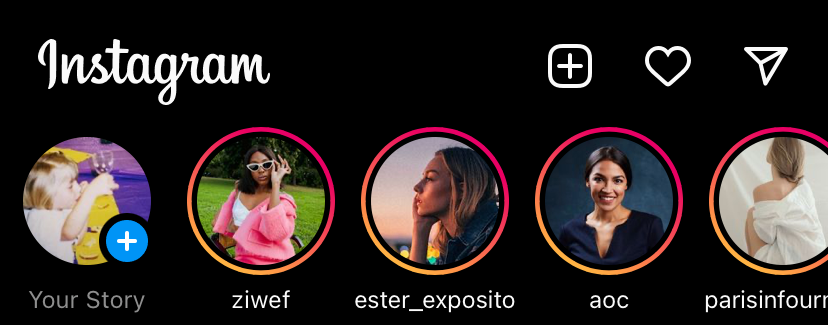
- Highlights: Highlights are collections of stories that a user wants to keep beyond the 24-hour expiration date. Oftentimes, highlights are used like folders to better sort content. For example, food bloggers often have highlights titled by city name or cuisine type to showcase the variety of restaurants they’ve visited. This provides a convenient guide for followers looking to them as a resource.
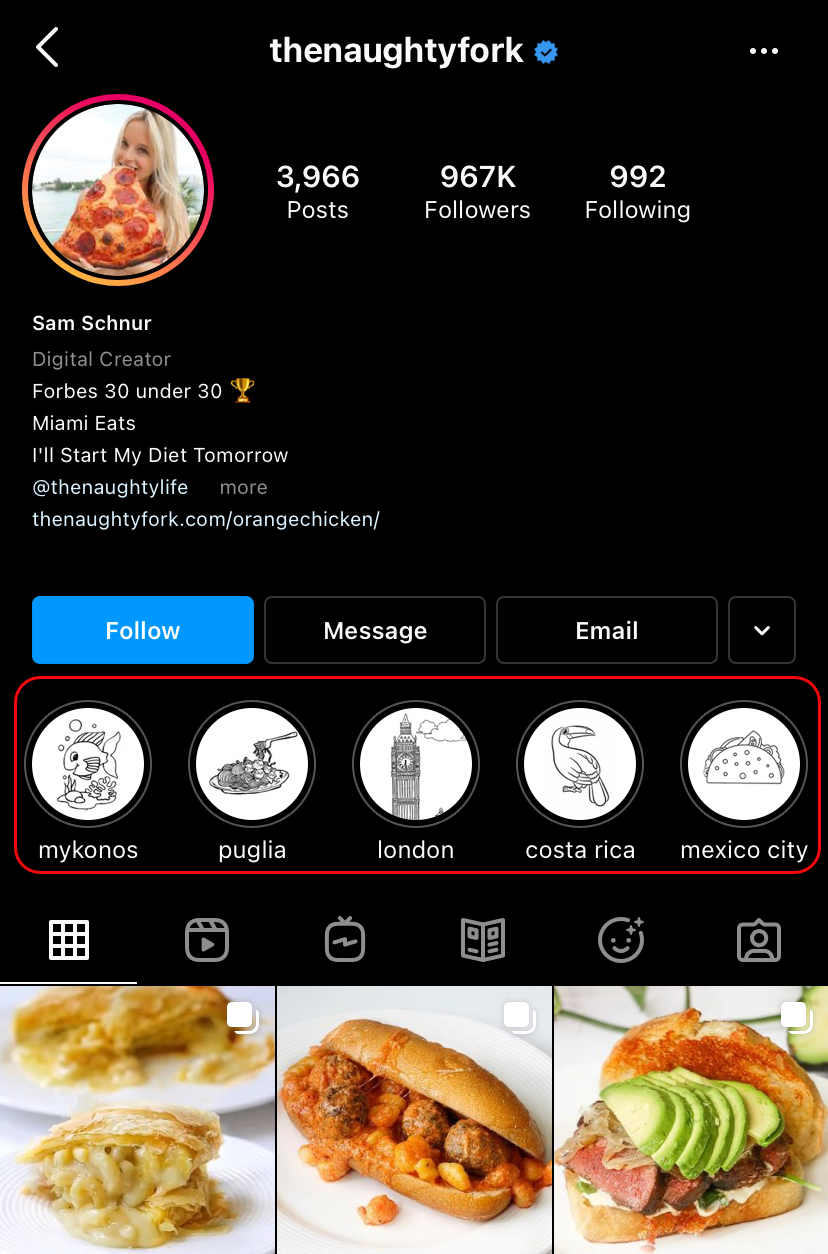
- IGTV: Instagram TV, or IGTV, is a long-form video platform on Instagram. It hosts video content up to an hour long, whereas regular video posts are capped off at a minute. Typically, users use Posts to sample teasers or snippets of longer videos on their feeds, and then upload a longer IGTV video soon after.
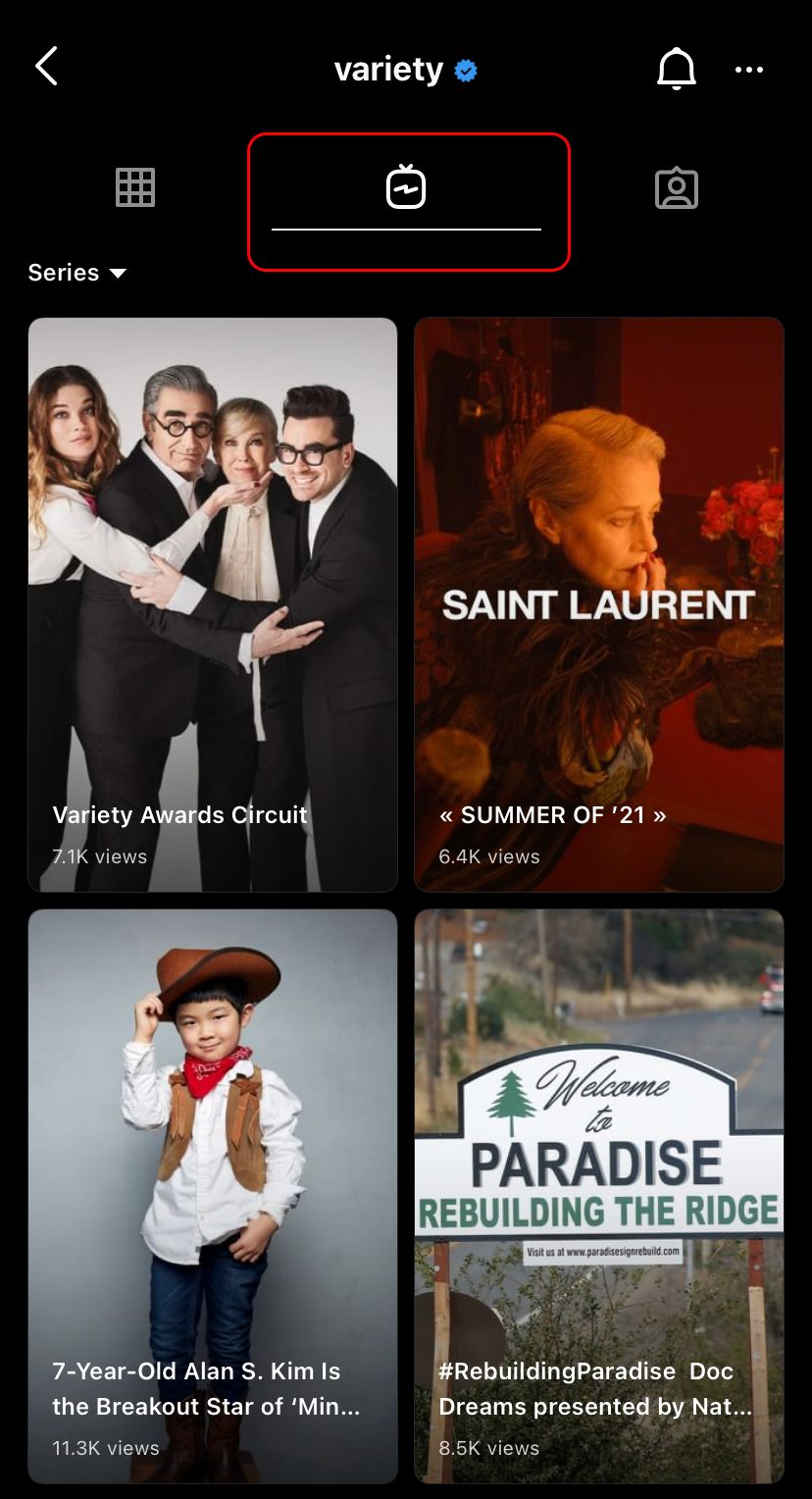
- Reels: Instagram Reels is the newest feature of the app. Inspired by the Gen Z-flooded TikTok, Reels are short-form video content. They’re featured on their own feed on individual profiles, as well as an explore feed full of Reels from around the globe. Users can engage with these videos by liking, commenting, sharing, or bookmarking.
Best practices for setting up an Instagram account
All Instagram accounts, whether for personal or professional use, should have the following elements:
- User name
- Profile picture
- Bio
User name
For business accounts, your username should be your brand or company’s name. This will make you easily identifiable. It should also be consistent with your username on other social media platforms, such as Facebook, Twitter, YouTube, and LinkedIn (www.linkedin.com).
Profile picture
Your profile picture should ideally be a high-quality image of your brand’s logo. HootSuite recommends a max image size of 320 x 320 pixels.
Again, this is purely for branding. Having your logo as the profile picture allows for easier recognition.
Bio
For the actual text of the bio, you have only a little room (150 characters, to be exact) to make a large impact. Make sure your copy is concise yet informative and maintains your brand’s voice.
Including a link to your website is imperative. This helps interested users easily get more information on your business after reading your bio or scrolling through your posts.
Business account bios come with an extra perk. In addition to the text description and URL, you can include contact information. Choose an email address, phone number, or physical address and a call-to-action button, which can be used to facilitate an easy conversion.
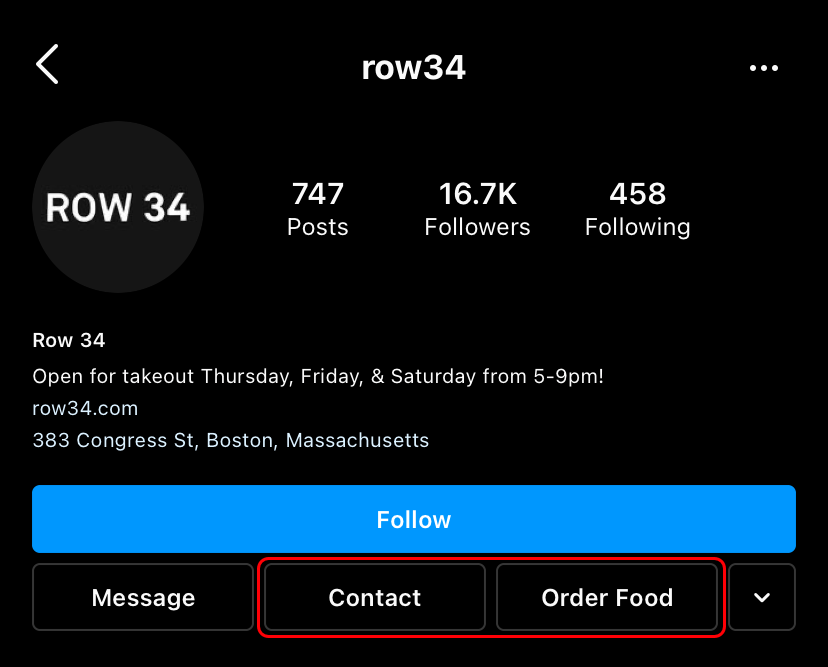
Best practices for building an Instagram strategy
Now that you have the account set up, it’s time to work on the fun part: Content.
What will you post?
For whom will you post?
How often will you post?
Don’t worry, we’re answering all that and more.
Determine your target audience
Who are you trying to attract? What will catch their attention?
Marketers often try to keep content evergreen, which is industry slang for it’s usable year-round and not specific to an event or campaign.
Social media isn’t the place for that, though. Everything happens quickly and trends change day to day. For example, if your target audience consists of Millennials or Gen Z-ers, a relevant meme might work for your brand. Don’t hesitate to use it!

Instagram content is not one-size-fits-all. What makes your brand stand out? How can your content showcase your product or service and remain entertaining to your target audience?
Set goals to achieve with this account
The primary marketing goals of an Instagram presence should be:
- Increased brand awareness
- Engagement
- Conversions
Here are the specific metrics you can analyze (via Instagram Insights) to ensure you’re on track to achieve these goals:
- Brand awareness: Follower growth, post impressions, and reach. For clarification, impressions are the total number of times your post was seen. Reach is the total number of unique users who saw your post. You’ll be able to see a breakdown of where users saw your post from, such as their own feeds, visiting your profile, via hashtag, or on their Explore feed.
- Engagement: On posts, be sure to look at likes, comments, shares, and saves. For stories, look at views, taps forward, taps back, replies, and exits. Lastly, make sure to track the number of visits to your profile and clicks on your website. This better illustrates whether your post and/or stories successfully generated interest in your brand.
- Conversions: Track the click-through and bounce rates of your call-to-action or bio link. This helps you see how well your Instagram content is doing in generating interest in your brand.
Make your account worth following
Instagram is the place to judge a book by its cover. Most people don’t want to follow an account that looks like a giant ad or an incoherent amalgamation of random images.
If the primary function of your Instagram business account is to advertise your products or services, show, don’t tell.
Illustrate what makes them great with high-quality photos, short demonstrative videos, and catchy graphics. This is what followers want to look at and engage with.
If the goal of your account is to increase brand awareness, showcase your company culture, highlight customer testimonials, or share industry-specific tips that followers can benefit from.
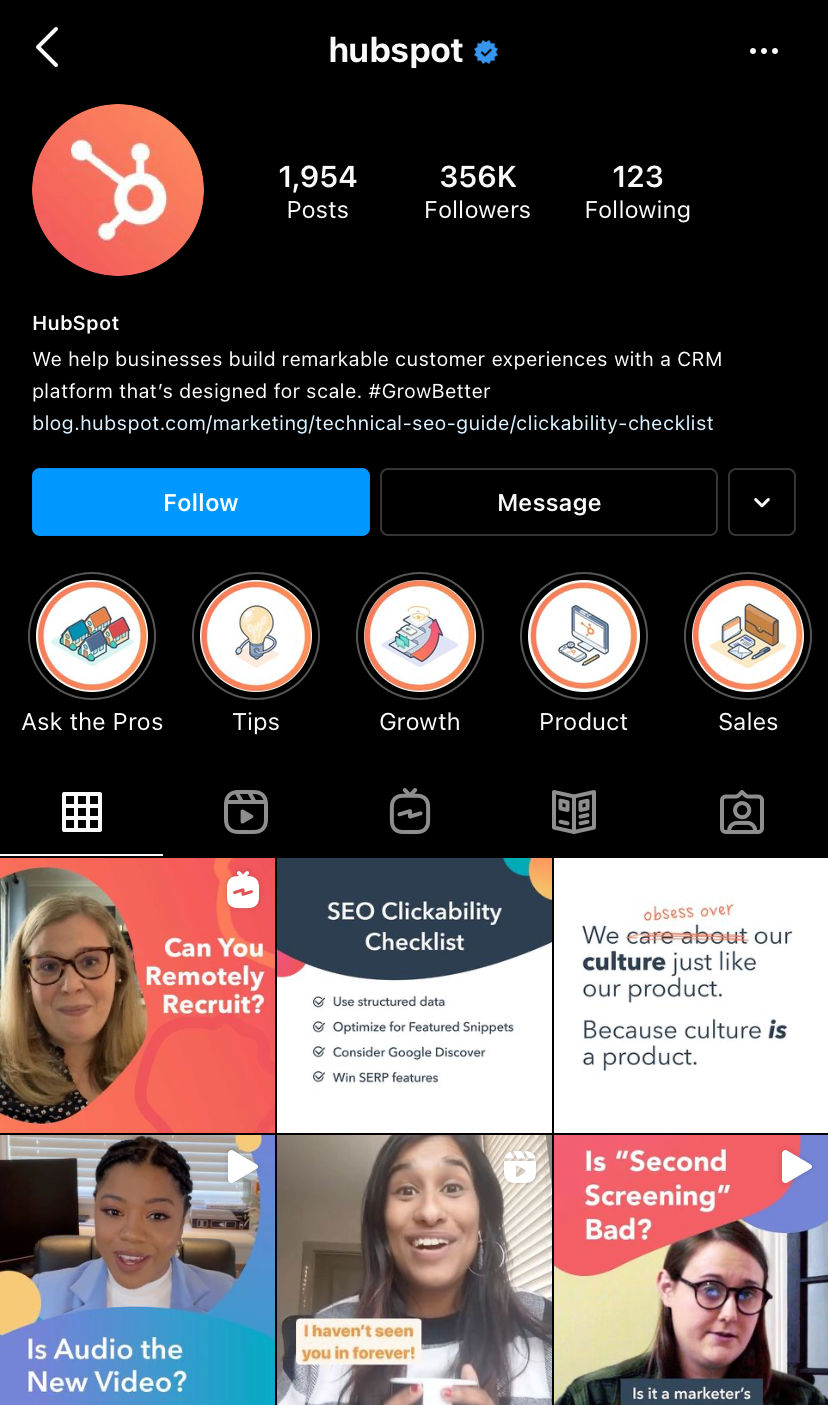
Regardless of what you choose to showcase, be sure to prioritize branding.
This doesn’t mean you need to plaster your logo on all posts. It can be as subtle as using the same colors and fonts for infographics or a consistent filter on photos.
Put effort into account management
Social media management is a full-time job. If your budget doesn’t yet allow for a social media manager, there are many tools out there to help you plan and schedule your Instagram content, including:
Utilize Stories
Nearly 500 million people use Instagram stories every day, so if you’re wondering if it’s wise to utilize this feature, yes.
Instagram Stories are a fantastic way to encourage deeper engagement from followers. From a business perspective, you can promote products and use swipe-up links to easily facilitate purchases.
You can also post photos and videos (in 15-second increments) to showcase products/services, share tips and quotes from your long-form content, or promote conferences and special events.
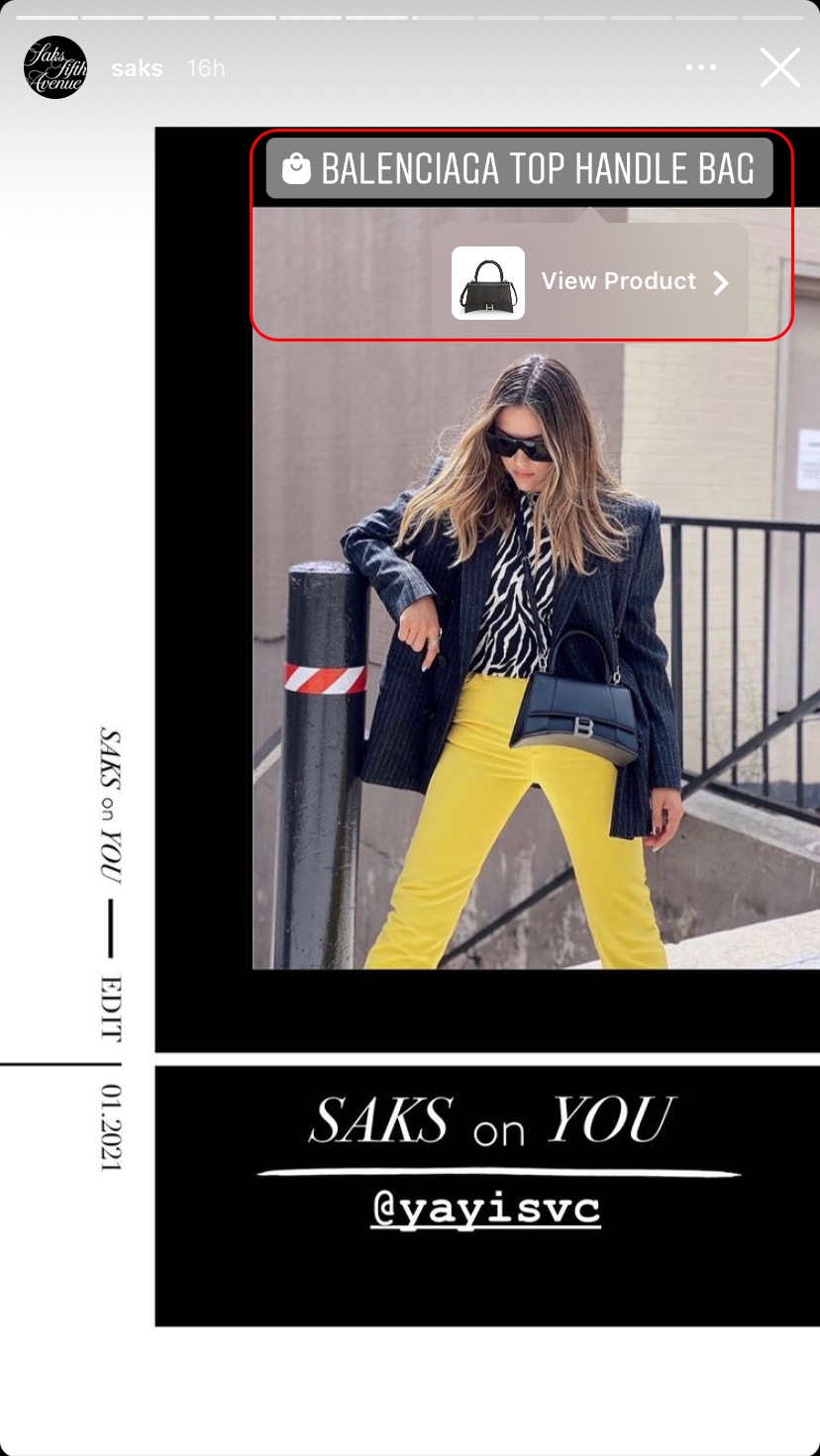
You can even use stories to gather customer feedback and insights, thanks to poll and question stickers.
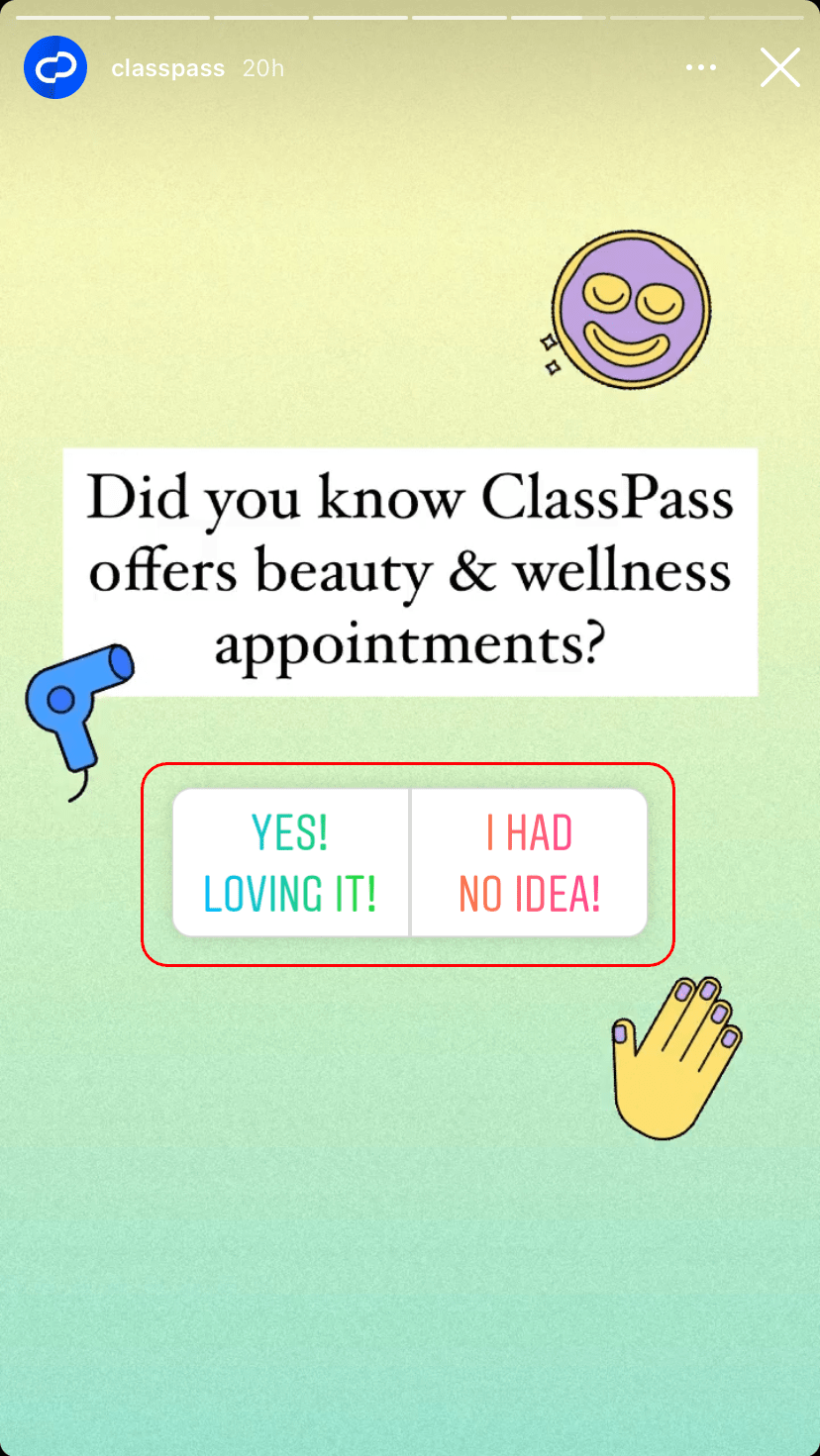
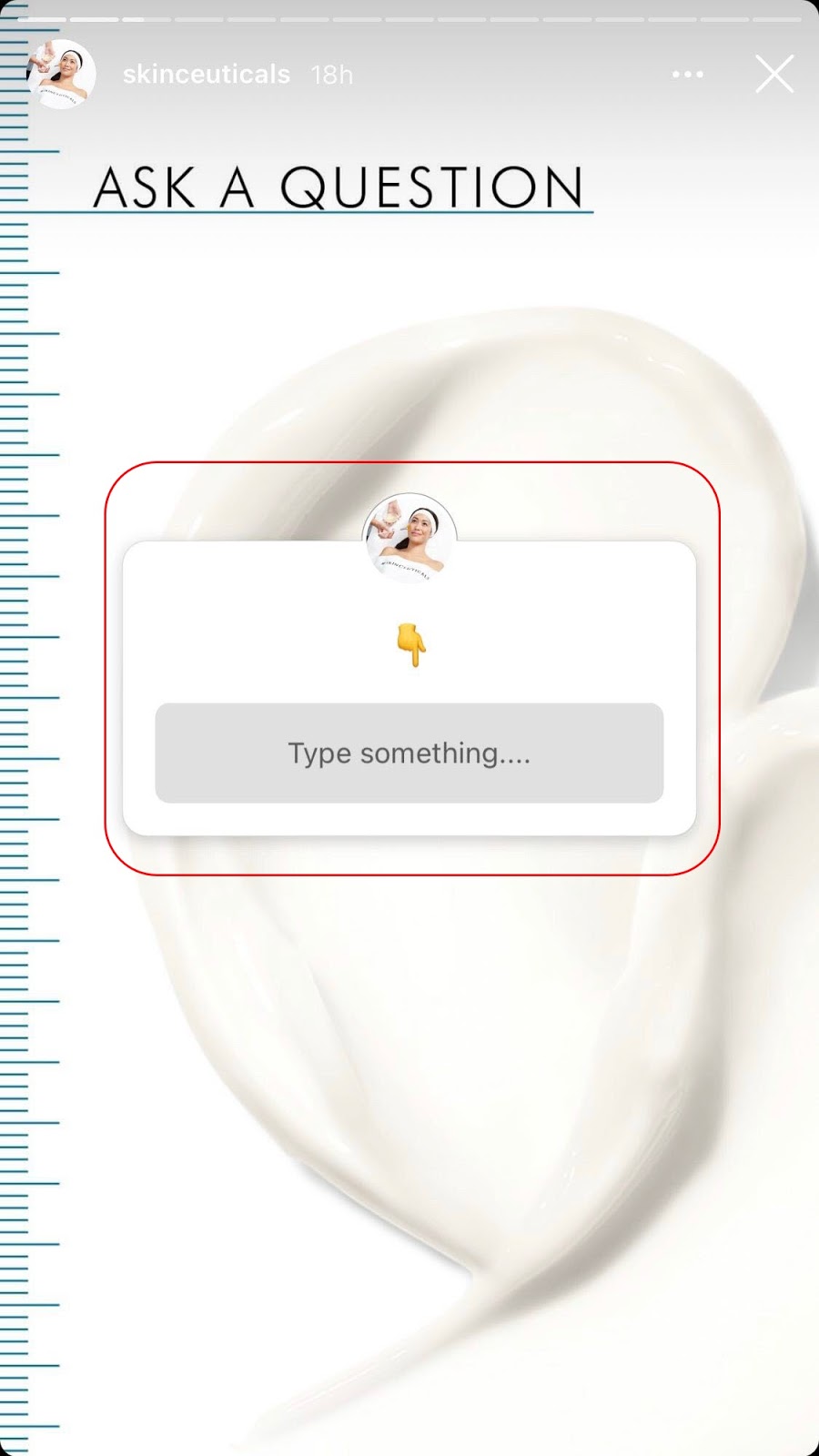
Best practices for growing your Instagram audience
You’ve got the content. Now, let’s get some eyes on it and hit your marketing goals.
Encourage user-generated content
Don’t be afraid to ask followers to tag your account in posts or stories when using your product. This brings a new channel of exposure for your brand, in addition to providing user-generated content to repurpose on your own account (with proper credit, of course).
Sharing user-generated content encourages others to want to post about your brand. They want to be acknowledged as well!
Sometimes, it’s OK to toot your own horn. Reposting positive customer mentions or reviews is one of those times.
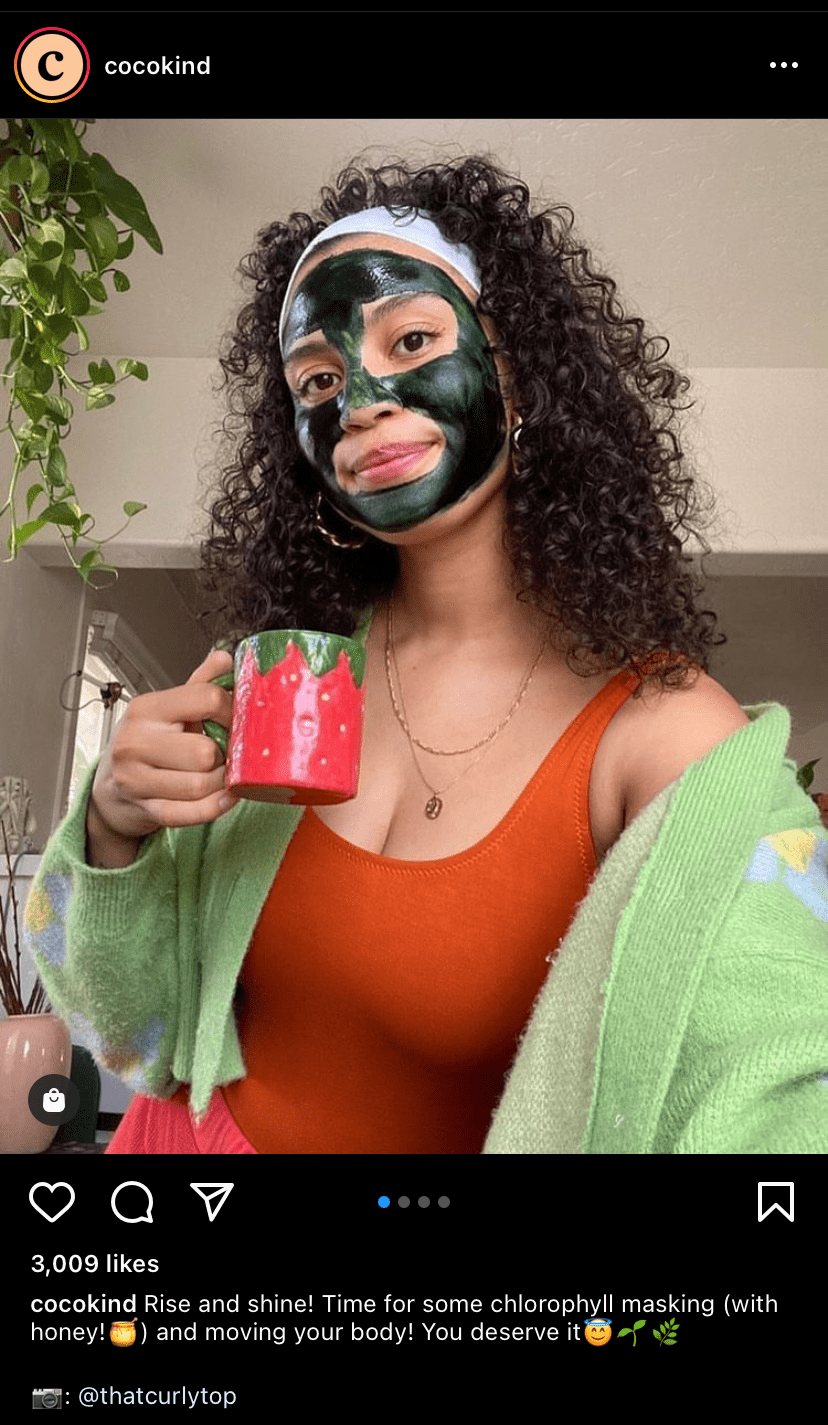
Respond to comments
Regardless of the comment, respond in a timely, positive manner to show that you value what followers have to say. Nowadays, consumers are resorting to social media for customer service assistance, so handling comments with the same pomp and circumstance as official customer service inquiries benefits your brand’s reputation.
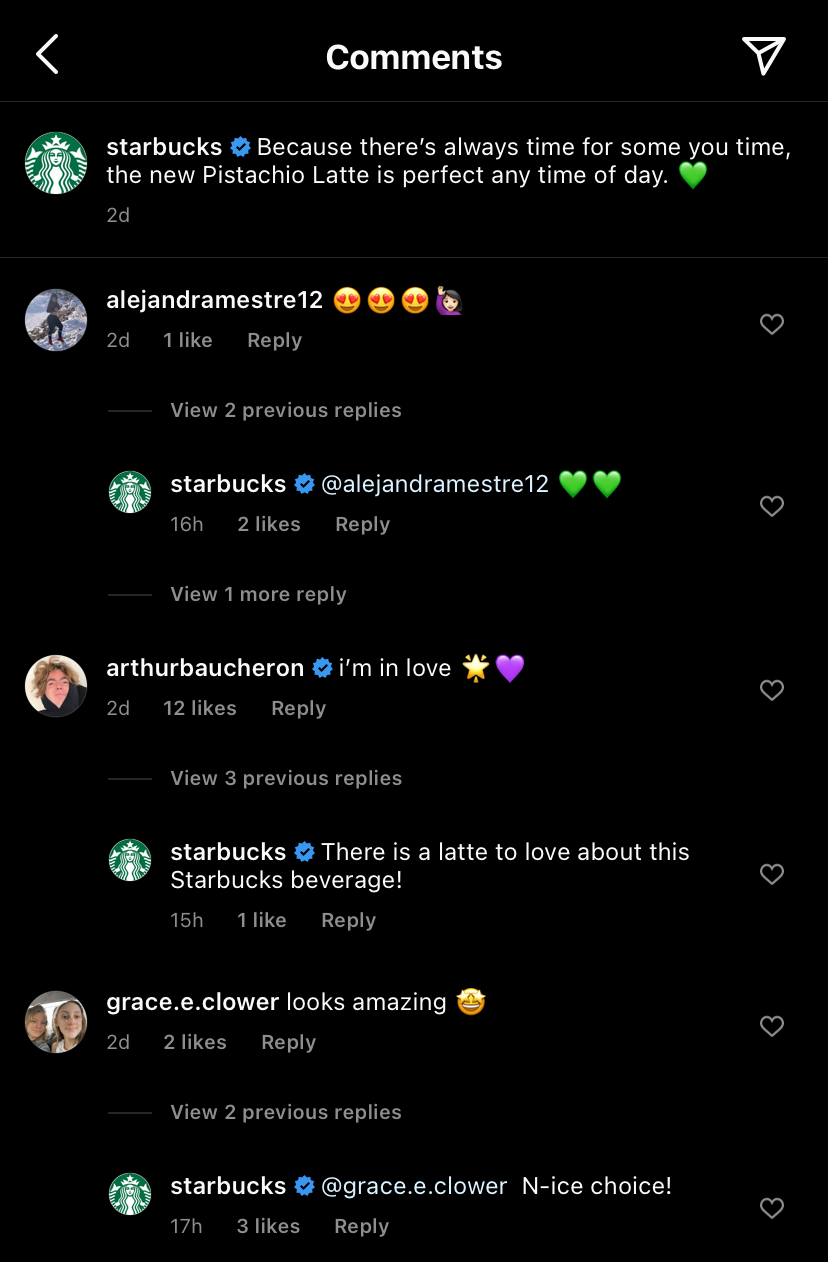
Collaborate with influencers
If you have the time and budget to do so, influencer marketing can be a lucrative business decision to promote a specific product or partner.
Influencers usually come with built-in, highly engaged audiences who want to be in-the-know on new products or services. Influencers also tend to understand your offer on a deeper level, so promotion feels authentic.
Forbes recommends collaborating with micro-influencers, specifically, for their high ROI. Despite having smaller audiences, they tend to generate more impactful results than macro-influencers and celebrities.
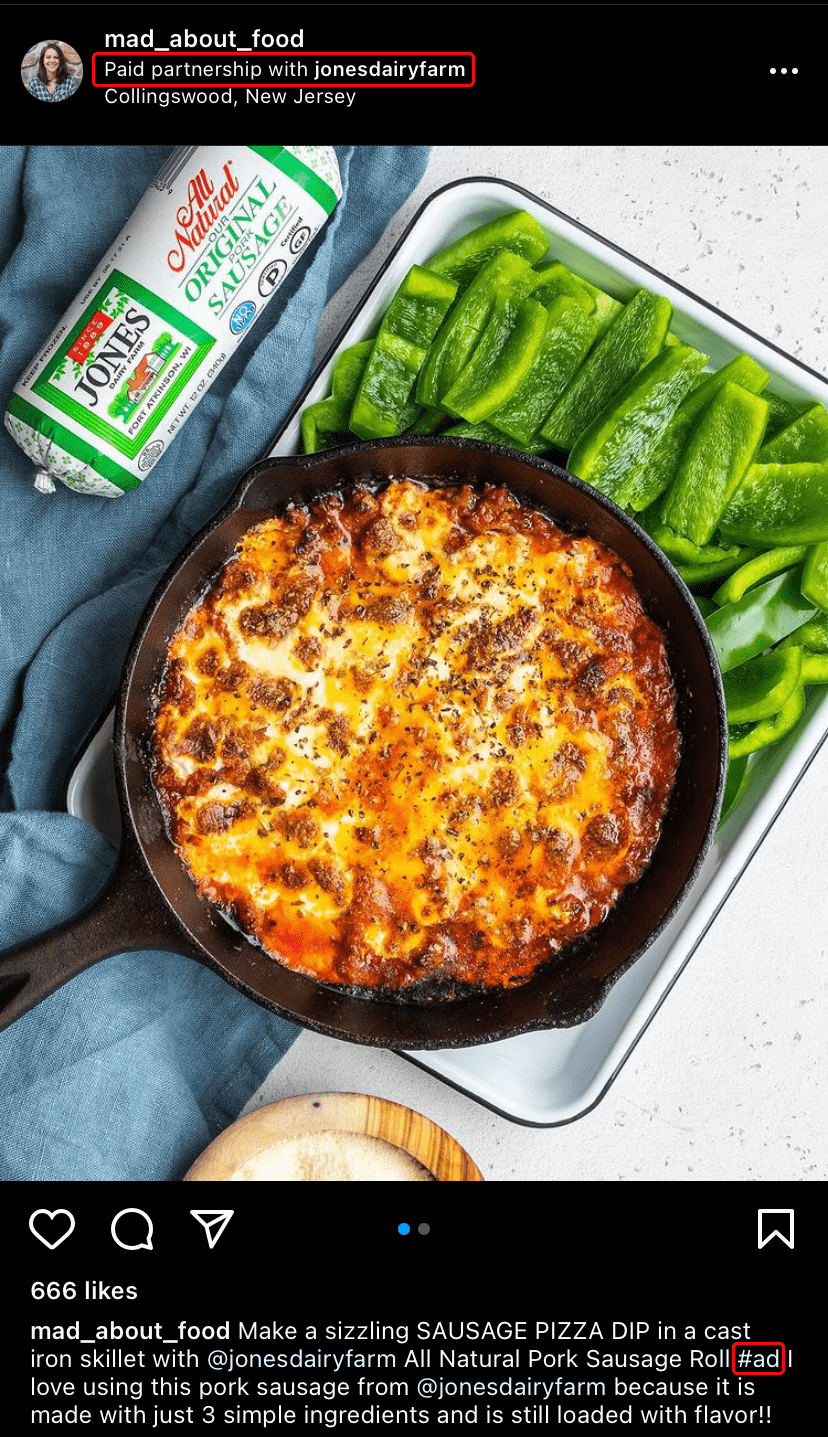
Turn on Instagram Shopping
If you sell physical products, users can shop your inventory directly on Instagram. Once you turn this setting on, you can add shopping tags on posts and shopping stickers to stories. This allows users to easily purchase within the Instagram application.
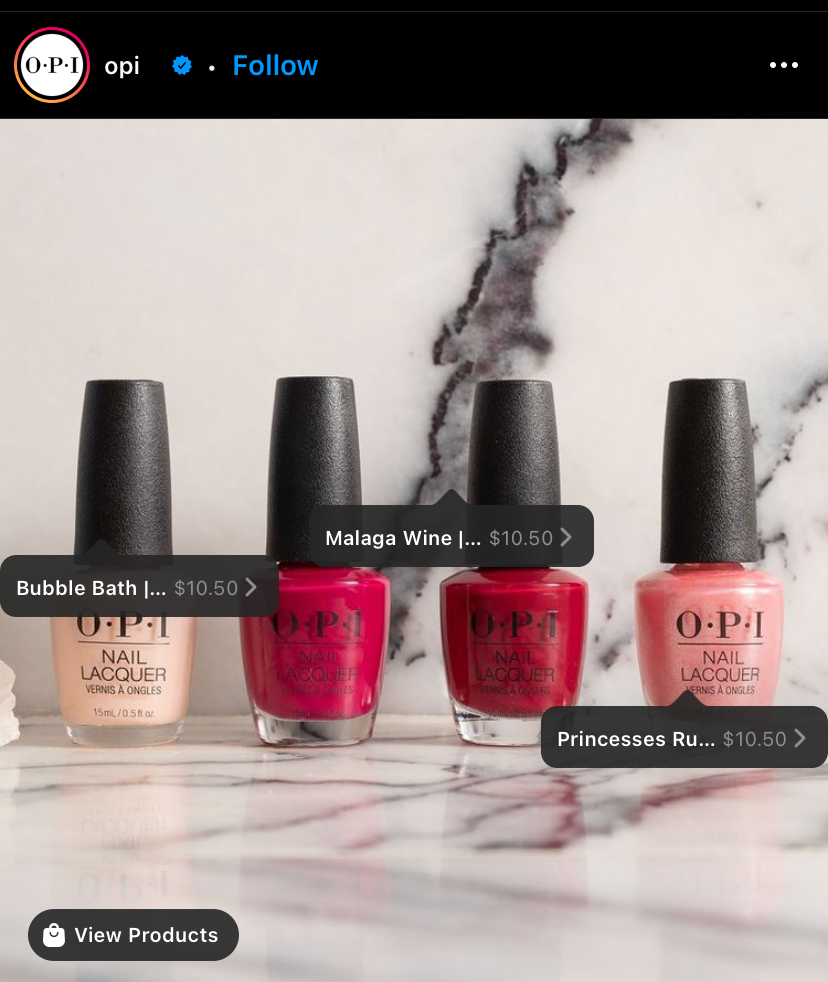
Utilize Instagram Ads
If it’s a good fit for your brand, Instagram Ads can be a great use of your marketing dollars. Luckily, Instagram makes advertising worthwhile for businesses in a wide range of industries.
The platform offers a variety of ad formats to work with:
- Photo
- Video
- Carousel
- Stories
- IGTV
Objectives you can choose for these ads include:
- Application installs
- Lead generation
- Brand awareness
- Sales
- Link clicks
- Store traffic
You’re also able to choose your target audience, ad placements, total budget, daily spend, and duration of the campaign.
As with all paid ads, it’s important to stay on top of your campaign’s metrics and use A/B testing to optimize when necessary.
The Instagram World is Your Oyster
Keep in mind that what works for one brand on Instagram may not work for another. Thankfully, the social media platform is a forgiving one that offers lots of room for trial and error.
Now that you’ve got a better idea of Instagram’s features and how to create a business account, it’s time to put it all into action. Happy posting!
Mary McCormick contributed to this blog.
SEE FOR YOURSELF
Watch an overview to learn how B2B marketing automation by Mirabel Technologies can help you increase traffic, optimize your funnel, drive more leads, improve conversions, and boost ROI — at a price you can afford!


